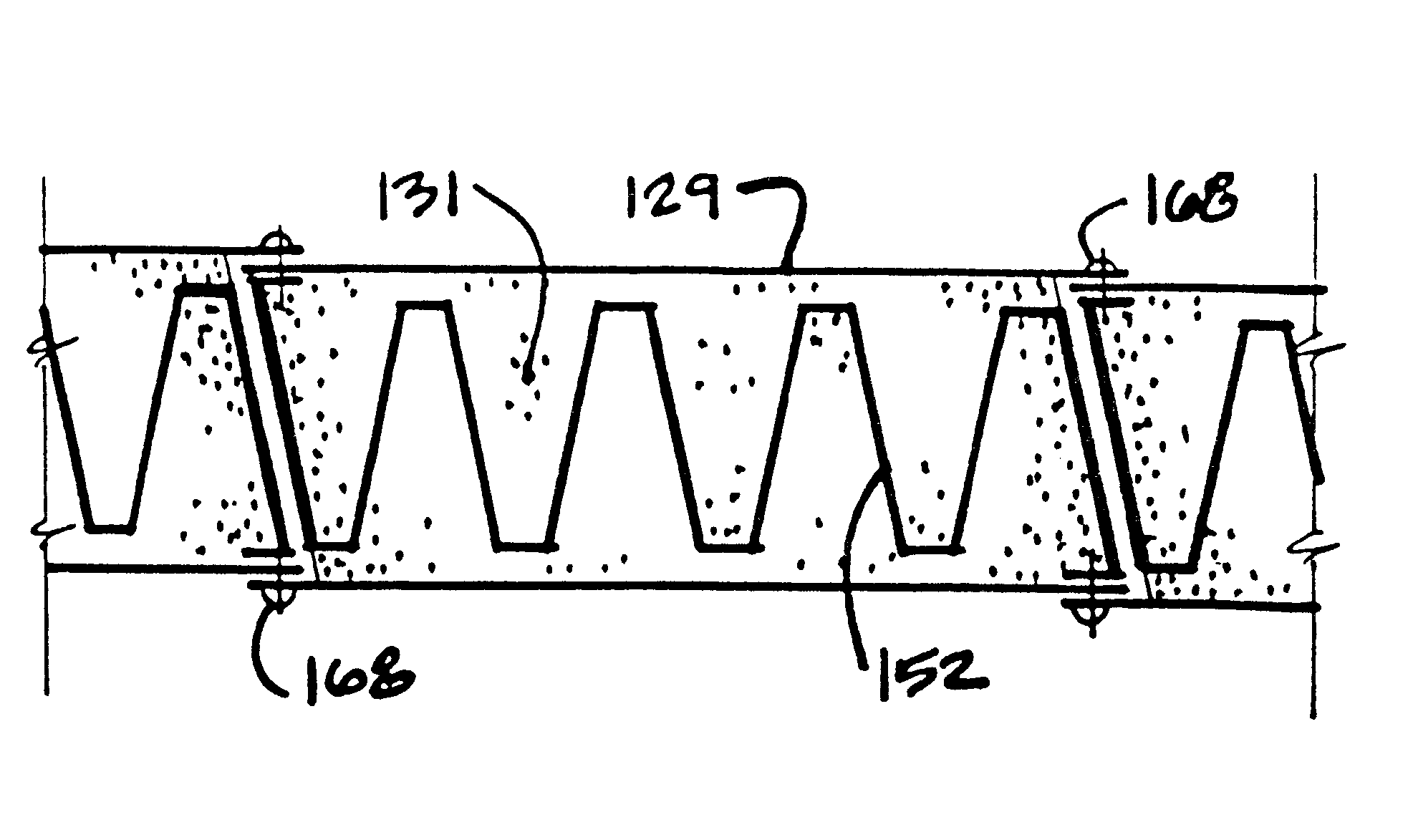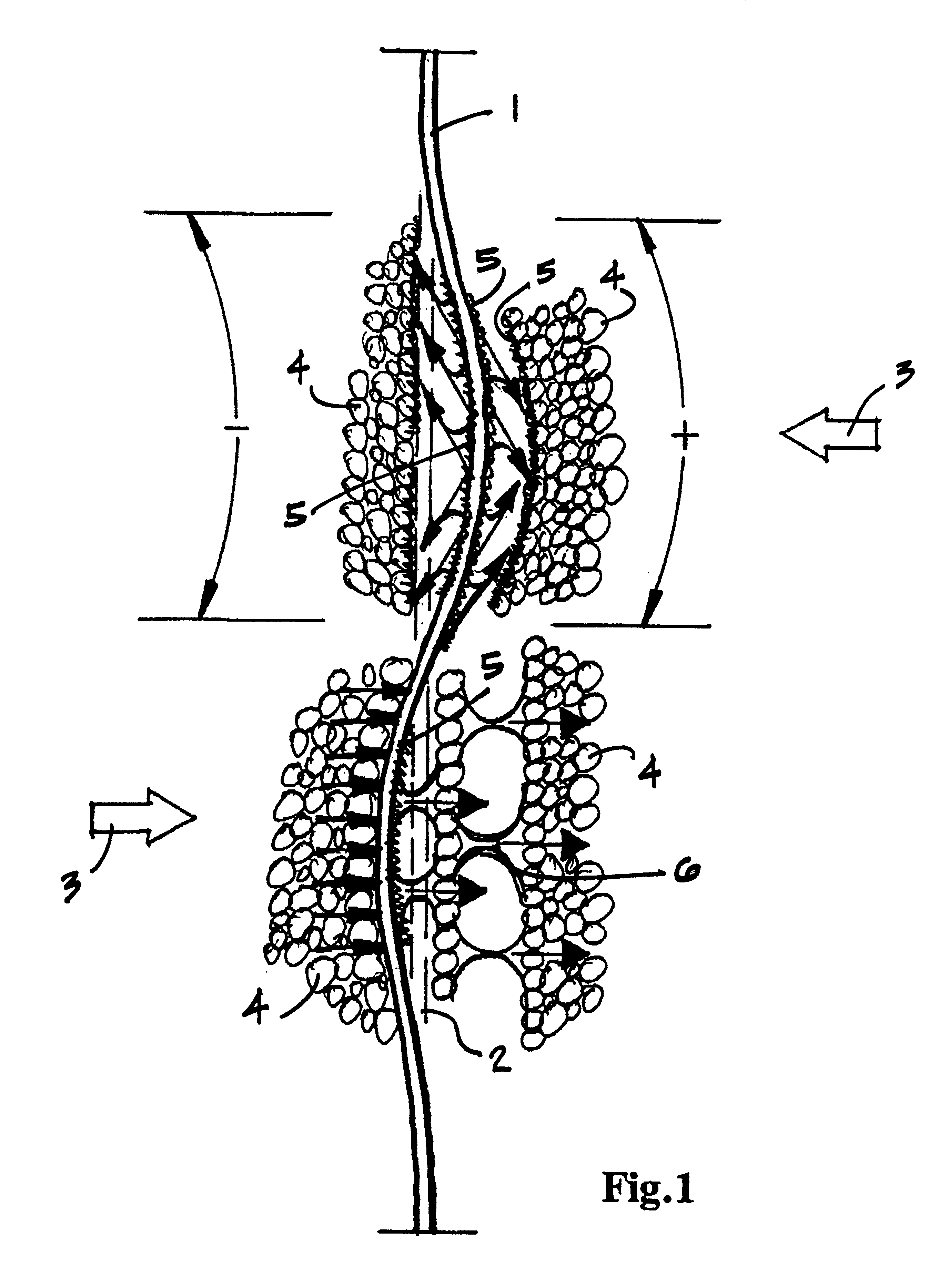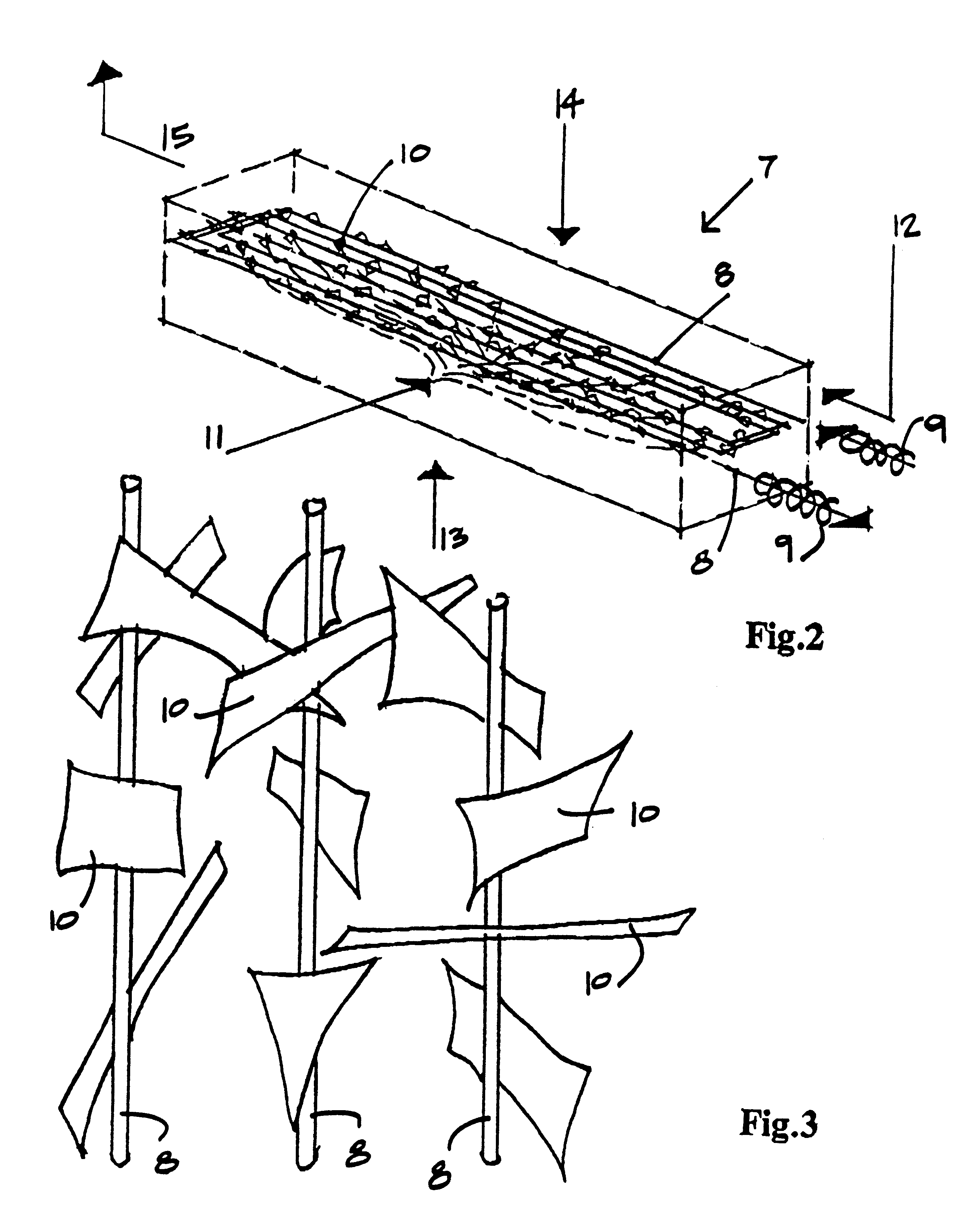Laminated composite building component
a technology of laminated polymeric foam and building components, which is applied in the direction of girders, transportation items, transportation and packaging, etc., can solve the problems of lateral force resistance and other problems, and achieve the effect of maximizing the total encapsulation, great strength, and strong capability
- Summary
- Abstract
- Description
- Claims
- Application Information
AI Technical Summary
Benefits of technology
Problems solved by technology
Method used
Image
Examples
Embodiment Construction
The scope of the present invention is to create a fire resistant and homogeneous laminated composite building material, comprising the lamination of rigid and resilient materials under conditions of heat, pressure and the constriction of a mold, that generates a synthetic homogeneity for reliable structural analysis. The rigid material, as the primary high performance structure capable of sustained stress, is either laminated to the surface of the composite as a stressed-skin membrane, or encapsulated within the body of the core as a corrugated sheet or skeleton structure that is bonded to and laterally braced by the resilient material. As a surface laminate, the membrane may also be fire resistant. As a corrugated sheet, it may also be thermoformed and integrated into the body of the composite in a continuous manufacturing process. And, as a skeleton, its structure may be a plurality of high strength elongate members arranged in parallel according to anticipated axial stresses. The...
PUM
| Property | Measurement | Unit |
|---|---|---|
| Temperature | aaaaa | aaaaa |
| Pressure | aaaaa | aaaaa |
| Dimensional stability | aaaaa | aaaaa |
Abstract
Description
Claims
Application Information
 Login to View More
Login to View More - R&D
- Intellectual Property
- Life Sciences
- Materials
- Tech Scout
- Unparalleled Data Quality
- Higher Quality Content
- 60% Fewer Hallucinations
Browse by: Latest US Patents, China's latest patents, Technical Efficacy Thesaurus, Application Domain, Technology Topic, Popular Technical Reports.
© 2025 PatSnap. All rights reserved.Legal|Privacy policy|Modern Slavery Act Transparency Statement|Sitemap|About US| Contact US: help@patsnap.com



